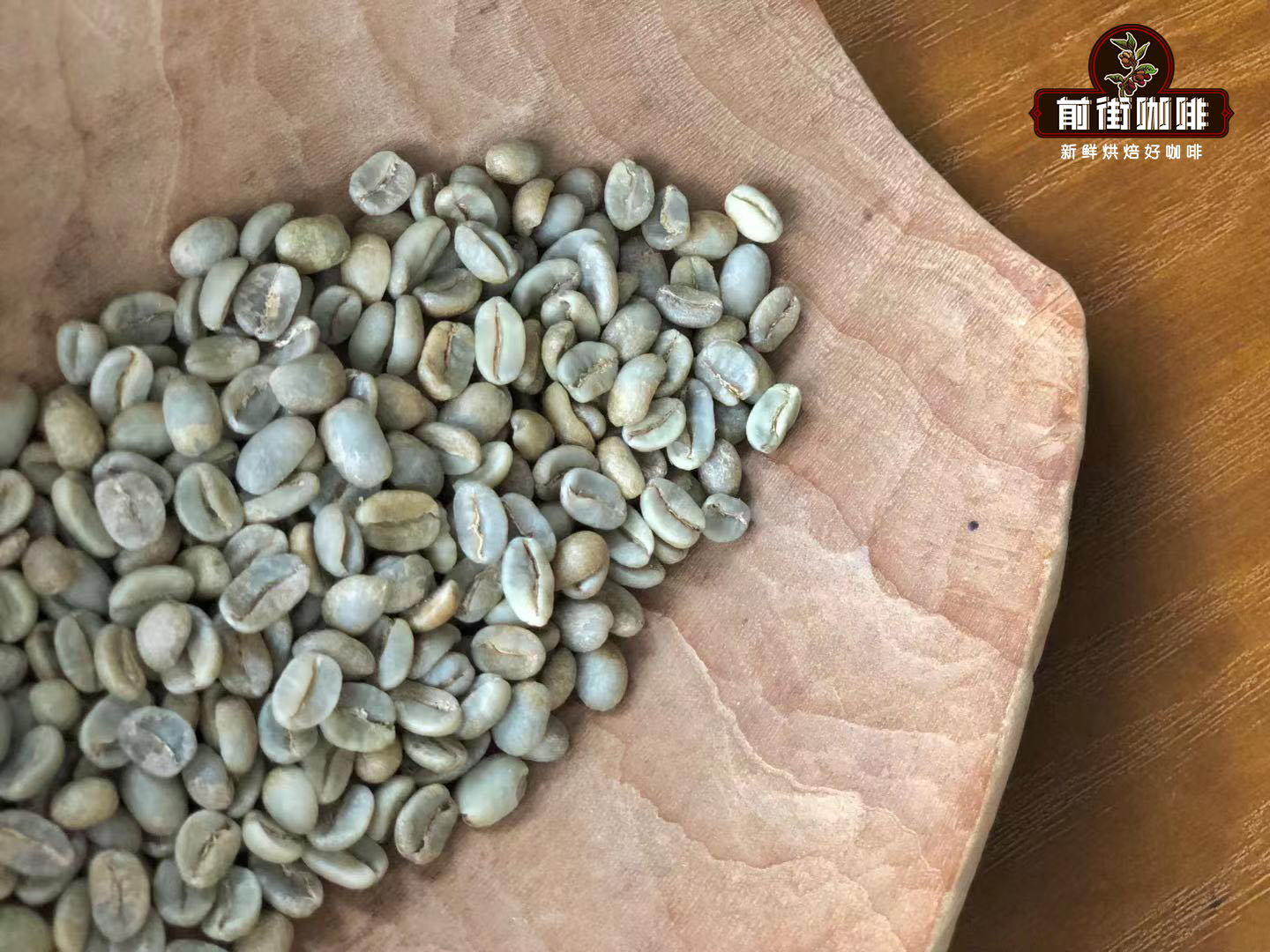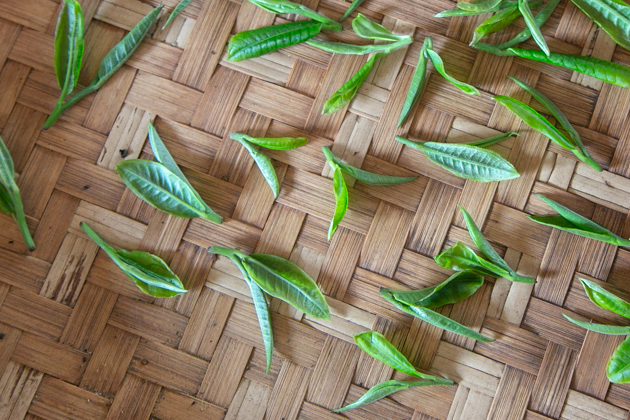The history of the spread of coffee, how is coffee popular? Why do Europeans like to drink coffee?
Coffee spread history: the earliest coffee originated in Ethiopia. In 525 AD, Ethiopian troops invaded Yemen, coffee beans carried by Ethiopian soldiers were also brought to Yemen, and coffee seeds also took root in Yemen. Later, coffee seeds were transported to Egypt from Yemen. After coffee was introduced into Egypt, it was first used as an herb by Arabs to treat headaches and promote digestion. Later, Arabs invented to drink coffee beans as coffee drinks after they were fried. Its unique aroma and strong flavor conquered Arabs, and the habit of banning alcohol in Islam played a role in promoting the spread of coffee at that time. Coffee is called "the drink given by Allah" by Arabs. Cafes have appeared in Damascus, Mecca and other places in the 15th century. After the Ottoman Turkish Empire conquered the Arab world, it developed coffee into a "national drink". Before the 16th century, coffee was regarded as a very precious drink in the Arab world, and the outflow of coffee seeds and saplings was strictly prohibited. In the 16th century, the Ottoman Turkish Empire was the center of East-West trade. Coffee, a mysterious drink, naturally attracted the attention of Western businessmen, who not only formed the habit of drinking coffee themselves, but also wanted to bring this precious drink back to their country. As early as the end of the 16th century, merchants in Venice, Marseilles and London began to secretly bring a small amount of coffee beans home to receive friends with coffee at home. In 1616, Venice merchants officially imported a bag of coffee beans to Italy for the first time. Europeans covet the seeds and saplings of coffee. In 1615, the Dutch smuggled a coffee sapling out of the port of Mocha, transported to the Netherlands and planted in a greenhouse. Coffee, a "fashionable" and "mysterious" drink from the "Eastern Ottoman Empire", was quickly accepted by Europeans, and a number of cafes came into being. In the coffee shop, people can get together to talk about current affairs, politics and various topics while drinking coffee. The coffee shop has also become a gathering place for some literati and artists. Coffee has quickly spread in Europe and penetrated into people's lives.

Important Notice :
前街咖啡 FrontStreet Coffee has moved to new addredd:
FrontStreet Coffee Address: 315,Donghua East Road,GuangZhou
Tel:020 38364473
- Prev

What is the difference between raisin treatment and honey treatment? Introduction to the origin of Costa Rican raisin treatment.
Raisin treatment is what we call honey treatment, honey treatment was first used in Costa Rica, its invention was inspired by the Brazilian half-sun method. The Brazilian half-sun method appeared because at that time, the raw bean treatment in Brazil was mainly the traditional sun treatment, and its quality was higher than that of the African viaduct at the same time.
- Next

Comparison of flavor characteristics between Yunnan kungfu Yunnan black tea and Yunnan ancient tree silver needle tea produced in 2020 does Yunnan Gongfu black tea taste the same as Darjeeling black tea?
Yunnan kungfu black tea will be produced annually in 2020. Ordinary Yunnan black tea hardly goes through withering, which is one of the characteristics of Yunnan black tea. As a result, most Yunnan black tea tastes very smooth, but its aroma is mild. In contrast, this commodity Yunnan kungfu black tea, in a good sense with the general
Related
- Beginners will see the "Coffee pull flower" guide!
- What is the difference between ice blog purified milk and ordinary milk coffee?
- Why is the Philippines the largest producer of crops in Liberia?
- For coffee extraction, should the fine powder be retained?
- How does extracted espresso fill pressed powder? How much strength does it take to press the powder?
- How to make jasmine cold extract coffee? Is the jasmine + latte good?
- Will this little toy really make the coffee taste better? How does Lily Drip affect coffee extraction?
- Will the action of slapping the filter cup also affect coffee extraction?
- What's the difference between powder-to-water ratio and powder-to-liquid ratio?
- What is the Ethiopian local species? What does it have to do with Heirloom native species?

